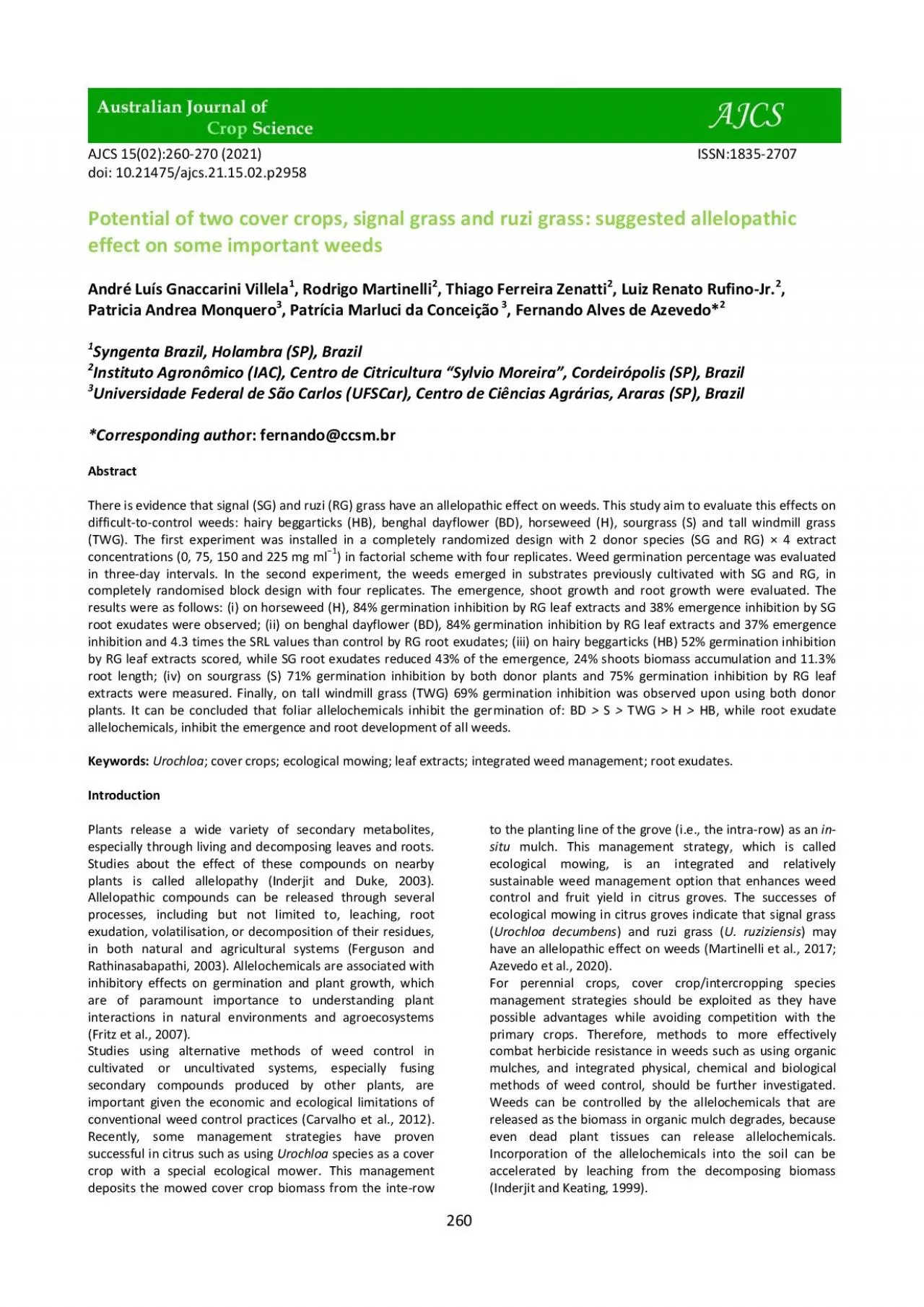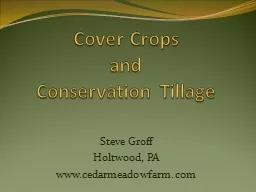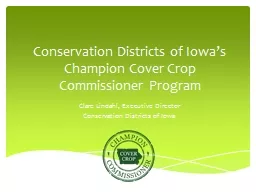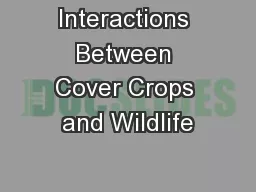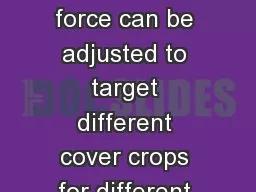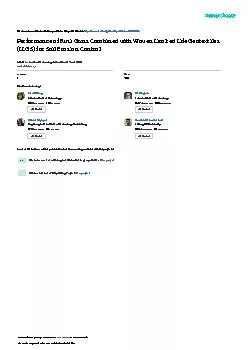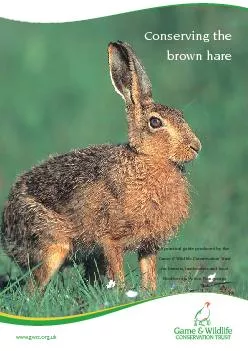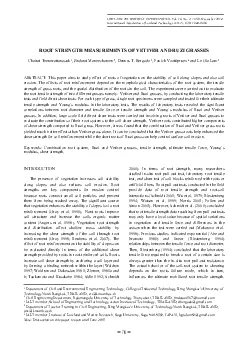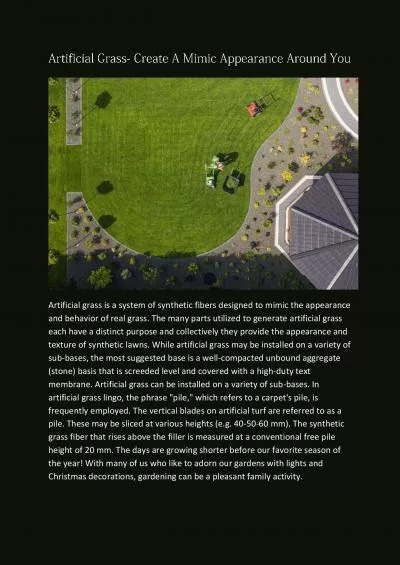PDF-Potential of two cover crops signal grass and ruzi grass
Author : barbara | Published Date : 2021-08-20
260AJCS 1502260270 2021ISSN18352707doi1021475ajcs211502p2958suggestedallelopathic effect on some important weedsAndr Lus Gnaccarini Villela1 Rodrigo Martinelli2Thiago
Presentation Embed Code
Download Presentation
Download Presentation The PPT/PDF document "Potential of two cover crops signal gras..." is the property of its rightful owner. Permission is granted to download and print the materials on this website for personal, non-commercial use only, and to display it on your personal computer provided you do not modify the materials and that you retain all copyright notices contained in the materials. By downloading content from our website, you accept the terms of this agreement.
Potential of two cover crops signal grass and ruzi grass: Transcript
Download Rules Of Document
"Potential of two cover crops signal grass and ruzi grass"The content belongs to its owner. You may download and print it for personal use, without modification, and keep all copyright notices. By downloading, you agree to these terms.
Related Documents

